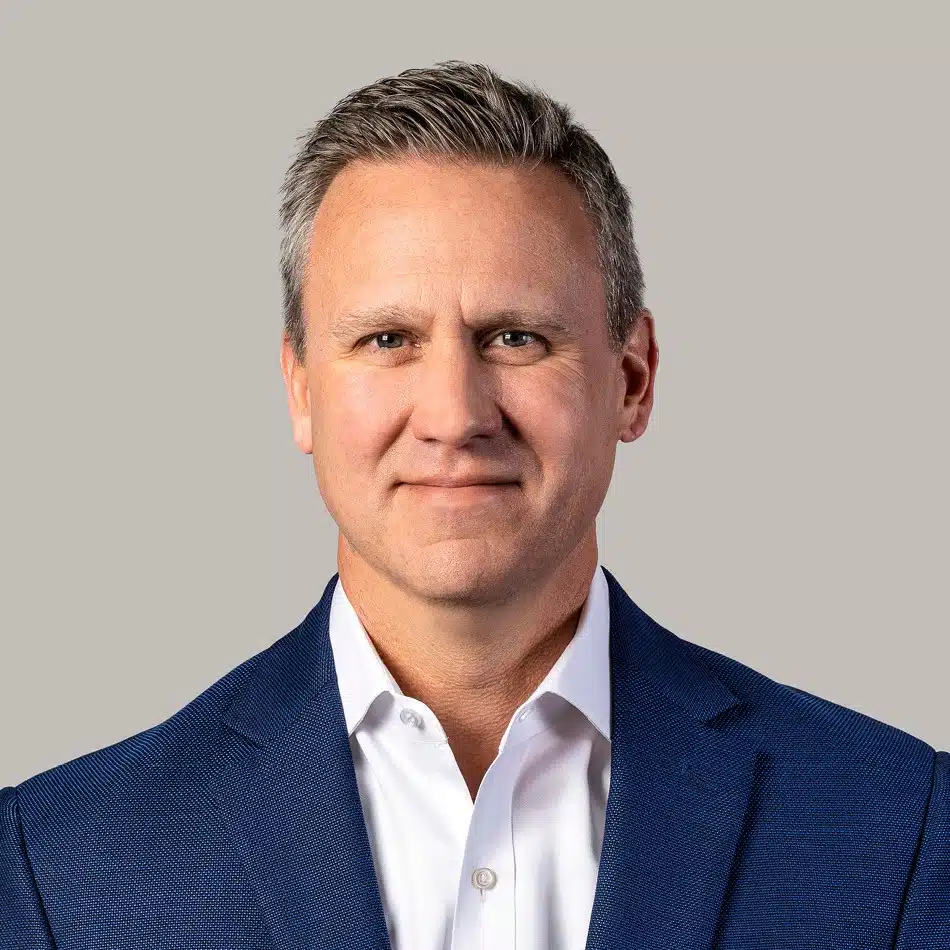Industry: Healthcare & Life Sciences
In this second installment of our series on how AI is impacting the healthcare industry, Chuck Egoville, Managing Partner at JM Search, sat down with Martin Willemink, CEO of Segmed, to explore how cutting-edge algorithms are transforming medical imaging, diagnostics, and personalized treatment plans. In the interview, we dive into Segmed’s innovative approach to medical imaging and its diverse use cases.
Chuck: Welcome, Martin! Thank you for taking the time to sit down with us. Could you share a bit about yourself and your background?
Martin: I grew up in the Netherlands, where I attended medical school and later earned a master’s degree in clinical epidemiology and a PhD in medical imaging. After completing two years of residency in the Netherlands, I felt that I wanted a more innovative experience, and I was fortunate to receive a grant for a fellowship at Stanford. Initially, I planned to return after one year to finish my radiology residency, but my experience at Stanford was transformative. I ended up working as a faculty instructor for three years. About two and a half years ago, my family and I moved to San Diego, where I now live with my wife and our two children. I never did go back to complete my residency, but the path I’ve taken has been incredibly fulfilling.
Chuck: So glad to hear it. Would you mind giving us an overview of your organization?
Martin: At Segmed, we provide high-quality medical imaging data to AI developers with a particular focus on areas like oncology, cardiology, and neurology. Our data is used to develop AI algorithms that can detect issues such as lung nodules in CT scans, and we see huge potential in real-world evidence use cases, like pharmaceutical companies tracking tumor changes over time in response to treatments. Our customers include medical device manufacturers, pharmaceutical companies, big tech, surgical robotics firms, and startups—essentially any business needing medical imaging data to develop AI algorithms or conduct research. Beyond AI, we’re also exploring opportunities to license our de-identification and data handling tools to enterprise customers who have the images but lack the technical expertise to process them.
Chuck: That’s fascinating. Tell us more about some of the use cases for Segmed. How is it used in the real world?
Martin: We see opportunities to expand into real-world evidence use cases, particularly with pharmaceutical and life sciences companies looking to learn from medical images. By providing de-identified imaging data, we can help biopharma companies conduct research and track how treatments, like cancer therapies, impact patients over time. To support this expansion, we’re building a commercial team with expertise in the pharma space and using part of our recent $10.4 million in Series A funding to drive this initiative forward.
Chuck: What are some of the challenges with data de-identification?
Martin: One of the biggest challenges we face in data de-identification is dealing with how siloed data is across hospitals and health systems, each using different IT systems that don’t integrate easily. The de-identification process itself is complex, especially with large DICOM (Digital Imaging and Communications in Medicine) files, since it involves handling text-based data, pixel-based information, and metadata. Standardization is critical because clinical routine classifications can be inaccurate, and we need technology to ensure the correct modality and body part are identified. Building a searchable database of pixel-based images adds another layer of complexity, requiring the development of a cohort builder to filter and search through de-identified and standardized medical images. Another key challenge we face is expanding our network of healthcare providers to source more data, a process that’s often slow due to the complex approval process within health systems.
Chuck: What competition are you seeing in this sector?
Martin: We have been seeing increased competition in the imaging sector overall. I’ve come to see this as a positive sign—it means there’s a real, viable market opportunity here. While competition is a challenge, it’s one we can manage. Segmed holds a strong position due to our established presence and resources, which gives us a clear edge as we continue to grow and innovate in this space.
Chuck: So, what’s next for Segmed?
Martin: With our recent Series A funding, Segmed is entering an exciting new phase. Our primary focus is expanding into the real-world data and evidence space, targeting biopharma and life sciences companies. To support this, we’re building out a strong commercial team with deep experience in the pharma and life sciences sectors. We’re also working on productizing our internal tools and technology for de-identifying and accessing medical imaging data. Of course, there are challenges ahead, including increased competition and the ongoing effort to connect with more healthcare providers to expand our data network, but we’re ready to take them on.
Chuck: That’s so exciting to hear. What would you say are the biggest lessons learned from your journey so far as an entrepreneur?
Martin: My entrepreneurial journey has been a series of career switches, starting as a physician, then moving into research, and eventually becoming an entrepreneur. Leaving the secure path of becoming a radiologist wasn’t easy, but I’ve never regretted the decision. Running a startup is a lot like riding a roller coaster, with plenty of ups and downs, but the excitement and passion for what I’m building make it all worthwhile. For anyone thinking about taking the leap into entrepreneurship, my advice is simple: if you believe in your idea and feel passionate about it, just go for it.
Chuck: Very inspiring. Thank you, Martin. I appreciate you taking the time to speak with us today.
You can find more information about Segmed and its capabilities here: https://www.segmed.ai/
Insights in your inbox
Stay up to date on the latest trends and insights shaping the executive search landscape from JM Search’s Blog.

